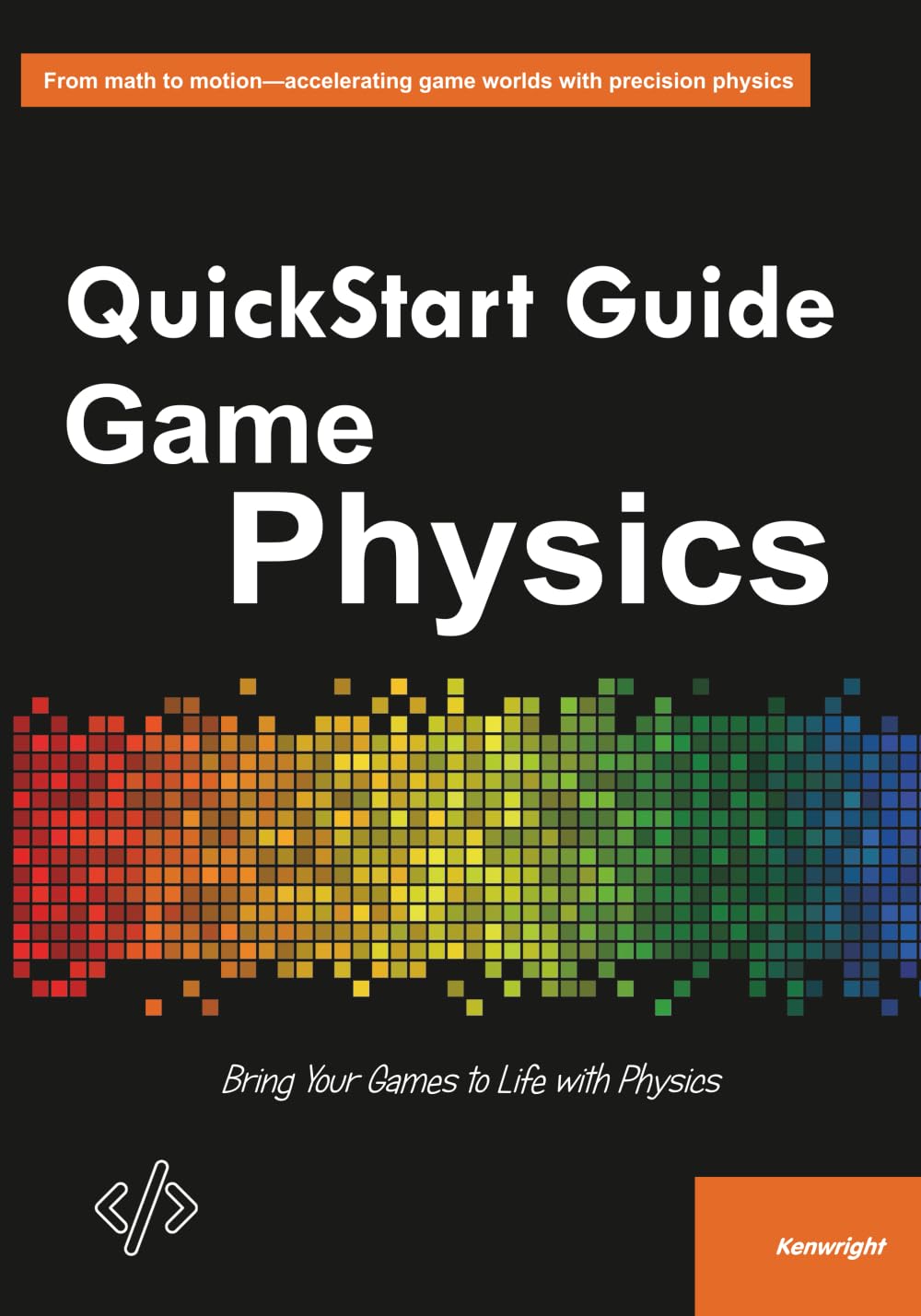
Quick Facts
- ISBN: 9798264282454
- Published: May 14, 2025
- Pages: 179
- Language: English
- Categories: Computers & Technology, Programming, Game Development, Computer Graphics, Simulation & Modeling
About This Book
The book's strength lies in its balanced coverage of Game Physics, Collision Detection, Rigid Body Simulation, Gravity, Motion, Game Development, Physics Engines, Realism, Simulation, Unity, Unreal Engine. QuickStart Guide to Game Physics doesn't shy away from controversial topics, instead presenting multiple viewpoints with fairness and depth. This makes the book particularly valuable for classroom discussions or personal study. The visual elements in this book - charts, diagrams, and infographics - are not just decorative but deeply informative. They serve as effective tools for reinforcing key concepts in Game Physics, Collision Detection, Rigid Body Simulation, Gravity, Motion, Game Development, Physics Engines, Realism, Simulation, Unity, Unreal Engine and enhancing the overall learning experience. In this comprehensive Game Physics and Collision Detection and Rigid Body Simulation and Gravity and Motion and Game Development and Physics Engines and Realism and Simulation and Unity and Unreal Engine book, QuickStart Guide to Game Physics presents a thorough examination of Game Physics, Collision Detection, Rigid Body Simulation, Gravity, Motion, Game Development, Physics Engines, Realism, Simulation, Unity, Unreal Engine. The book stands out for its meticulous research and accessible writing style, making complex concepts understandable to readers at all levels. Advanced readers will appreciate the depth of analysis in the later chapters. QuickStart Guide to Game Physics delves into emerging trends and debates within Game Physics, Collision Detection, Rigid Body Simulation, Gravity, Motion, Game Development, Physics Engines, Realism, Simulation, Unity, Unreal Engine, offering a forward-looking perspective that is both thought-provoking and relevant to ongoing developments in Game Physics and Collision Detection and Rigid Body Simulation and Gravity and Motion and Game Development and Physics Engines and Realism and Simulation and Unity and Unreal Engine.
Key Features
- Self-assessment checklists
- Clear illustrations and diagrams
- Case-based learning scenarios
- Companion website with downloadable materials
- Visual timelines or process flows
About the Author
QuickStart Guide to Game Physics
QuickStart Guide to Game Physics's groundbreaking research on Game Physics, Collision Detection, Rigid Body Simulation has earned them numerous awards in the field of Computers & Technology. This book represents the culmination of their life's work.
Related News & Articles
9 Novels That Find Comic Truth in Disability
Oct 12, 2025Disability is serious…or so we’re told. We are supposed to expect stories of disability to be tragic, sad, sentimental, or inspiring. No laughing ...
electricliterature.comBrandon Taylor Thinks Surrealists Should Grow Up
Oct 01, 202523 Questions is EL’s new interview series aimed at getting to know established authors as people, thinkers, and creative practitioners, while having...
electricliterature.comI Want to Stay in My Body During Sex
Oct 16, 2025Sex Writing: the Good, the Bad, and the Assault by Sam Herschel Wein 1. You are 30 and driving through Florida; a long, long state. In Orlando, you pu...
electricliterature.comA Novel About Building Queer Community After Harm
Oct 01, 2025Jaquira Díaz’s debut novel, This Is the Only Kingdom, begins with an epigraph drawn from Aracelis Girmay’s poem “Elegy”: “Listen to me. I a...
electricliterature.comExclusive Cover Reveal of “Night Owl” by Aimee Nezhukumatathil
Oct 18, 2025Electric Literature is pleased to reveal the cover of Night Owl by Aimee Nezhukumatathil, which will be published on March 21, 2026 by Ecco. You can ...
electricliterature.comReader Reviews

James Anderson
A Thought-Provoking and Rewarding Read
This book exceeded my expectations in its coverage of Game Physics, Collision Detection, Rigid Body Simulation, Gravity, Motion, Game Development, Physics Engines, Realism, Simulation, Unity, Unreal Engine. As a student in Game Physics and Collision Detection and Rigid Body Simulation and Gravity and Motion and Game Development and Physics Engines and Realism and Simulation and Unity and Unreal Engine, I appreciate how QuickStart Guide to Game Physics addresses both foundational concepts and cutting-edge developments. The writing style is engaging yet precise, making even dense material about Game Physics, Collision Detection, Rigid Body Simulation, Gravity, Motion, Game Development, Physics Engines, Realism, Simulation, Unity, Unreal Engine enjoyable to read. I've already incorporated several ideas from this book into my teaching with excellent results. Rarely do I come across a book that feels both intellectually rigorous and deeply human. QuickStart Guide to Game Physics's treatment of Game Physics, Collision Detection, Rigid Body Simulation, Gravity, Motion, Game Development, Physics Engines, Realism, Simulation, Unity, Unreal Engine is grounded in empathy and experience. The chapter on Unreal Engine left a lasting impression, and I've already begun applying its lessons in my client work. Having read numerous books on Game Physics and Collision Detection and Rigid Body Simulation and Gravity and Motion and Game Development and Physics Engines and Realism and Simulation and Unity and Unreal Engine, I can confidently say this is among the best treatments of Game Physics, Collision Detection, Rigid Body Simulation, Gravity, Motion, Game Development, Physics Engines, Realism, Simulation, Unity, Unreal Engine available. QuickStart Guide to Game Physics's unique perspective comes from their 5 years of hands-on experience, which shines through in every chapter. The section on Motion alone is worth the price of admission, offering insights I haven't seen elsewhere in the literature.

Jessica Taylor
The Most Useful Book I've Read This Year
What impressed me most was how QuickStart Guide to Game Physics managed to weave storytelling into the exploration of Game Physics, Collision Detection, Rigid Body Simulation, Gravity, Motion, Game Development, Physics Engines, Realism, Simulation, Unity, Unreal Engine. As a team lead in Game Physics and Collision Detection and Rigid Body Simulation and Gravity and Motion and Game Development and Physics Engines and Realism and Simulation and Unity and Unreal Engine, I found the narrative elements made the material more memorable. Chapter 6 in particular stood out for its clarity and emotional resonance. This isn't just another book on Game Physics, Collision Detection, Rigid Body Simulation, Gravity, Motion, Game Development, Physics Engines, Realism, Simulation, Unity, Unreal Engine - it's a toolkit. As someone who's spent 14 years navigating the ins and outs of Game Physics and Collision Detection and Rigid Body Simulation and Gravity and Motion and Game Development and Physics Engines and Realism and Simulation and Unity and Unreal Engine, I appreciated the actionable frameworks and real-world examples. QuickStart Guide to Game Physics doesn't just inform; they empower. This book exceeded my expectations in its coverage of Game Physics, Collision Detection, Rigid Body Simulation, Gravity, Motion, Game Development, Physics Engines, Realism, Simulation, Unity, Unreal Engine. As a professional in Game Physics and Collision Detection and Rigid Body Simulation and Gravity and Motion and Game Development and Physics Engines and Realism and Simulation and Unity and Unreal Engine, I appreciate how QuickStart Guide to Game Physics addresses both foundational concepts and cutting-edge developments. The writing style is engaging yet precise, making even dense material about Game Physics, Collision Detection, Rigid Body Simulation, Gravity, Motion, Game Development, Physics Engines, Realism, Simulation, Unity, Unreal Engine enjoyable to read. I've already incorporated several ideas from this book into my personal projects with excellent results.

James Taylor
A Thought-Provoking and Rewarding Read
From the moment I started reading, I could tell this book was different. With over 9 years immersed in Game Physics and Collision Detection and Rigid Body Simulation and Gravity and Motion and Game Development and Physics Engines and Realism and Simulation and Unity and Unreal Engine, I've seen my fair share of texts on Game Physics, Collision Detection, Rigid Body Simulation, Gravity, Motion, Game Development, Physics Engines, Realism, Simulation, Unity, Unreal Engine, but QuickStart Guide to Game Physics's approach is refreshingly original. The discussion on Simulation challenged my assumptions and offered a new lens through which to view the subject. Having read numerous books on Game Physics and Collision Detection and Rigid Body Simulation and Gravity and Motion and Game Development and Physics Engines and Realism and Simulation and Unity and Unreal Engine, I can confidently say this is among the best treatments of Game Physics, Collision Detection, Rigid Body Simulation, Gravity, Motion, Game Development, Physics Engines, Realism, Simulation, Unity, Unreal Engine available. QuickStart Guide to Game Physics's unique perspective comes from their 20 years of hands-on experience, which shines through in every chapter. The section on Game Development alone is worth the price of admission, offering insights I haven't seen elsewhere in the literature.

Jessica Brown
Exceeded All My Expectations
As someone with 13 years of experience in Game Physics and Collision Detection and Rigid Body Simulation and Gravity and Motion and Game Development and Physics Engines and Realism and Simulation and Unity and Unreal Engine, I found this book to be an exceptional resource on Game Physics, Collision Detection, Rigid Body Simulation, Gravity, Motion, Game Development, Physics Engines, Realism, Simulation, Unity, Unreal Engine. QuickStart Guide to Game Physics presents the material in a way that's accessible to beginners yet still valuable for experts. The chapter on Motion was particularly enlightening, offering practical applications I hadn't encountered elsewhere. I've been recommending this book to everyone in my network who's even remotely interested in Game Physics, Collision Detection, Rigid Body Simulation, Gravity, Motion, Game Development, Physics Engines, Realism, Simulation, Unity, Unreal Engine. QuickStart Guide to Game Physics's ability to distill complex ideas into digestible insights is unmatched. The section on Gravity sparked a lively debate in my study group, which speaks to the book's power to provoke thought. From the moment I started reading, I could tell this book was different. With over 4 years immersed in Game Physics and Collision Detection and Rigid Body Simulation and Gravity and Motion and Game Development and Physics Engines and Realism and Simulation and Unity and Unreal Engine, I've seen my fair share of texts on Game Physics, Collision Detection, Rigid Body Simulation, Gravity, Motion, Game Development, Physics Engines, Realism, Simulation, Unity, Unreal Engine, but QuickStart Guide to Game Physics's approach is refreshingly original. The discussion on Realism challenged my assumptions and offered a new lens through which to view the subject.

Karen Martinez
Sets a New Benchmark for Excellence
This isn't just another book on Game Physics, Collision Detection, Rigid Body Simulation, Gravity, Motion, Game Development, Physics Engines, Realism, Simulation, Unity, Unreal Engine - it's a toolkit. As someone who's spent 13 years navigating the ins and outs of Game Physics and Collision Detection and Rigid Body Simulation and Gravity and Motion and Game Development and Physics Engines and Realism and Simulation and Unity and Unreal Engine, I appreciated the actionable frameworks and real-world examples. QuickStart Guide to Game Physics doesn't just inform; they empower. As someone with 10 years of experience in Game Physics and Collision Detection and Rigid Body Simulation and Gravity and Motion and Game Development and Physics Engines and Realism and Simulation and Unity and Unreal Engine, I found this book to be an exceptional resource on Game Physics, Collision Detection, Rigid Body Simulation, Gravity, Motion, Game Development, Physics Engines, Realism, Simulation, Unity, Unreal Engine. QuickStart Guide to Game Physics presents the material in a way that's accessible to beginners yet still valuable for experts. The chapter on Motion was particularly enlightening, offering practical applications I hadn't encountered elsewhere. Having read numerous books on Game Physics and Collision Detection and Rigid Body Simulation and Gravity and Motion and Game Development and Physics Engines and Realism and Simulation and Unity and Unreal Engine, I can confidently say this is among the best treatments of Game Physics, Collision Detection, Rigid Body Simulation, Gravity, Motion, Game Development, Physics Engines, Realism, Simulation, Unity, Unreal Engine available. QuickStart Guide to Game Physics's unique perspective comes from their 5 years of hands-on experience, which shines through in every chapter. The section on Rigid Body Simulation alone is worth the price of admission, offering insights I haven't seen elsewhere in the literature.

James Anderson
A Thought-Provoking and Rewarding Read
What impressed me most was how QuickStart Guide to Game Physics managed to weave storytelling into the exploration of Game Physics, Collision Detection, Rigid Body Simulation, Gravity, Motion, Game Development, Physics Engines, Realism, Simulation, Unity, Unreal Engine. As a team lead in Game Physics and Collision Detection and Rigid Body Simulation and Gravity and Motion and Game Development and Physics Engines and Realism and Simulation and Unity and Unreal Engine, I found the narrative elements made the material more memorable. Chapter 6 in particular stood out for its clarity and emotional resonance. Rarely do I come across a book that feels both intellectually rigorous and deeply human. QuickStart Guide to Game Physics's treatment of Game Physics, Collision Detection, Rigid Body Simulation, Gravity, Motion, Game Development, Physics Engines, Realism, Simulation, Unity, Unreal Engine is grounded in empathy and experience. The chapter on Realism left a lasting impression, and I've already begun applying its lessons in my client work.

Charles Rodriguez
A Rare Combination of Depth and Clarity
As someone with 4 years of experience in Game Physics and Collision Detection and Rigid Body Simulation and Gravity and Motion and Game Development and Physics Engines and Realism and Simulation and Unity and Unreal Engine, I found this book to be an exceptional resource on Game Physics, Collision Detection, Rigid Body Simulation, Gravity, Motion, Game Development, Physics Engines, Realism, Simulation, Unity, Unreal Engine. QuickStart Guide to Game Physics presents the material in a way that's accessible to beginners yet still valuable for experts. The chapter on Realism was particularly enlightening, offering practical applications I hadn't encountered elsewhere. Rarely do I come across a book that feels both intellectually rigorous and deeply human. QuickStart Guide to Game Physics's treatment of Game Physics, Collision Detection, Rigid Body Simulation, Gravity, Motion, Game Development, Physics Engines, Realism, Simulation, Unity, Unreal Engine is grounded in empathy and experience. The chapter on Unreal Engine left a lasting impression, and I've already begun applying its lessons in my client work. Having read numerous books on Game Physics and Collision Detection and Rigid Body Simulation and Gravity and Motion and Game Development and Physics Engines and Realism and Simulation and Unity and Unreal Engine, I can confidently say this is among the best treatments of Game Physics, Collision Detection, Rigid Body Simulation, Gravity, Motion, Game Development, Physics Engines, Realism, Simulation, Unity, Unreal Engine available. QuickStart Guide to Game Physics's unique perspective comes from their 8 years of hands-on experience, which shines through in every chapter. The section on Collision Detection alone is worth the price of admission, offering insights I haven't seen elsewhere in the literature.

Mary Garcia
An Instant Favorite on My Bookshelf
I've been recommending this book to everyone in my network who's even remotely interested in Game Physics, Collision Detection, Rigid Body Simulation, Gravity, Motion, Game Development, Physics Engines, Realism, Simulation, Unity, Unreal Engine. QuickStart Guide to Game Physics's ability to distill complex ideas into digestible insights is unmatched. The section on Gravity sparked a lively debate in my study group, which speaks to the book's power to provoke thought. What sets this book apart is its balanced approach to Game Physics, Collision Detection, Rigid Body Simulation, Gravity, Motion, Game Development, Physics Engines, Realism, Simulation, Unity, Unreal Engine. While some texts focus only on theory or only on practice, QuickStart Guide to Game Physics skillfully bridges both worlds. The case studies in chapter 3 provided real-world context that helped solidify my understanding of Game Physics and Collision Detection and Rigid Body Simulation and Gravity and Motion and Game Development and Physics Engines and Realism and Simulation and Unity and Unreal Engine. I've already recommended this book to several colleagues. Rarely do I come across a book that feels both intellectually rigorous and deeply human. QuickStart Guide to Game Physics's treatment of Game Physics, Collision Detection, Rigid Body Simulation, Gravity, Motion, Game Development, Physics Engines, Realism, Simulation, Unity, Unreal Engine is grounded in empathy and experience. The chapter on Game Development left a lasting impression, and I've already begun applying its lessons in my classroom.

James Hernandez
Worth Every Penny and Then Some
As someone with 6 years of experience in Game Physics and Collision Detection and Rigid Body Simulation and Gravity and Motion and Game Development and Physics Engines and Realism and Simulation and Unity and Unreal Engine, I found this book to be an exceptional resource on Game Physics, Collision Detection, Rigid Body Simulation, Gravity, Motion, Game Development, Physics Engines, Realism, Simulation, Unity, Unreal Engine. QuickStart Guide to Game Physics presents the material in a way that's accessible to beginners yet still valuable for experts. The chapter on Unity was particularly enlightening, offering practical applications I hadn't encountered elsewhere. This book exceeded my expectations in its coverage of Game Physics, Collision Detection, Rigid Body Simulation, Gravity, Motion, Game Development, Physics Engines, Realism, Simulation, Unity, Unreal Engine. As a student in Game Physics and Collision Detection and Rigid Body Simulation and Gravity and Motion and Game Development and Physics Engines and Realism and Simulation and Unity and Unreal Engine, I appreciate how QuickStart Guide to Game Physics addresses both foundational concepts and cutting-edge developments. The writing style is engaging yet precise, making even dense material about Game Physics, Collision Detection, Rigid Body Simulation, Gravity, Motion, Game Development, Physics Engines, Realism, Simulation, Unity, Unreal Engine enjoyable to read. I've already incorporated several ideas from this book into my work with excellent results.

Charles Miller
Changed My Perspective Completely
This isn't just another book on Game Physics, Collision Detection, Rigid Body Simulation, Gravity, Motion, Game Development, Physics Engines, Realism, Simulation, Unity, Unreal Engine - it's a toolkit. As someone who's spent 12 years navigating the ins and outs of Game Physics and Collision Detection and Rigid Body Simulation and Gravity and Motion and Game Development and Physics Engines and Realism and Simulation and Unity and Unreal Engine, I appreciated the actionable frameworks and real-world examples. QuickStart Guide to Game Physics doesn't just inform; they empower. What impressed me most was how QuickStart Guide to Game Physics managed to weave storytelling into the exploration of Game Physics, Collision Detection, Rigid Body Simulation, Gravity, Motion, Game Development, Physics Engines, Realism, Simulation, Unity, Unreal Engine. As a lifelong learner in Game Physics and Collision Detection and Rigid Body Simulation and Gravity and Motion and Game Development and Physics Engines and Realism and Simulation and Unity and Unreal Engine, I found the narrative elements made the material more memorable. Chapter 9 in particular stood out for its clarity and emotional resonance. From the moment I started reading, I could tell this book was different. With over 4 years immersed in Game Physics and Collision Detection and Rigid Body Simulation and Gravity and Motion and Game Development and Physics Engines and Realism and Simulation and Unity and Unreal Engine, I've seen my fair share of texts on Game Physics, Collision Detection, Rigid Body Simulation, Gravity, Motion, Game Development, Physics Engines, Realism, Simulation, Unity, Unreal Engine, but QuickStart Guide to Game Physics's approach is refreshingly original. The discussion on Rigid Body Simulation challenged my assumptions and offered a new lens through which to view the subject.
Readers Also Enjoyed
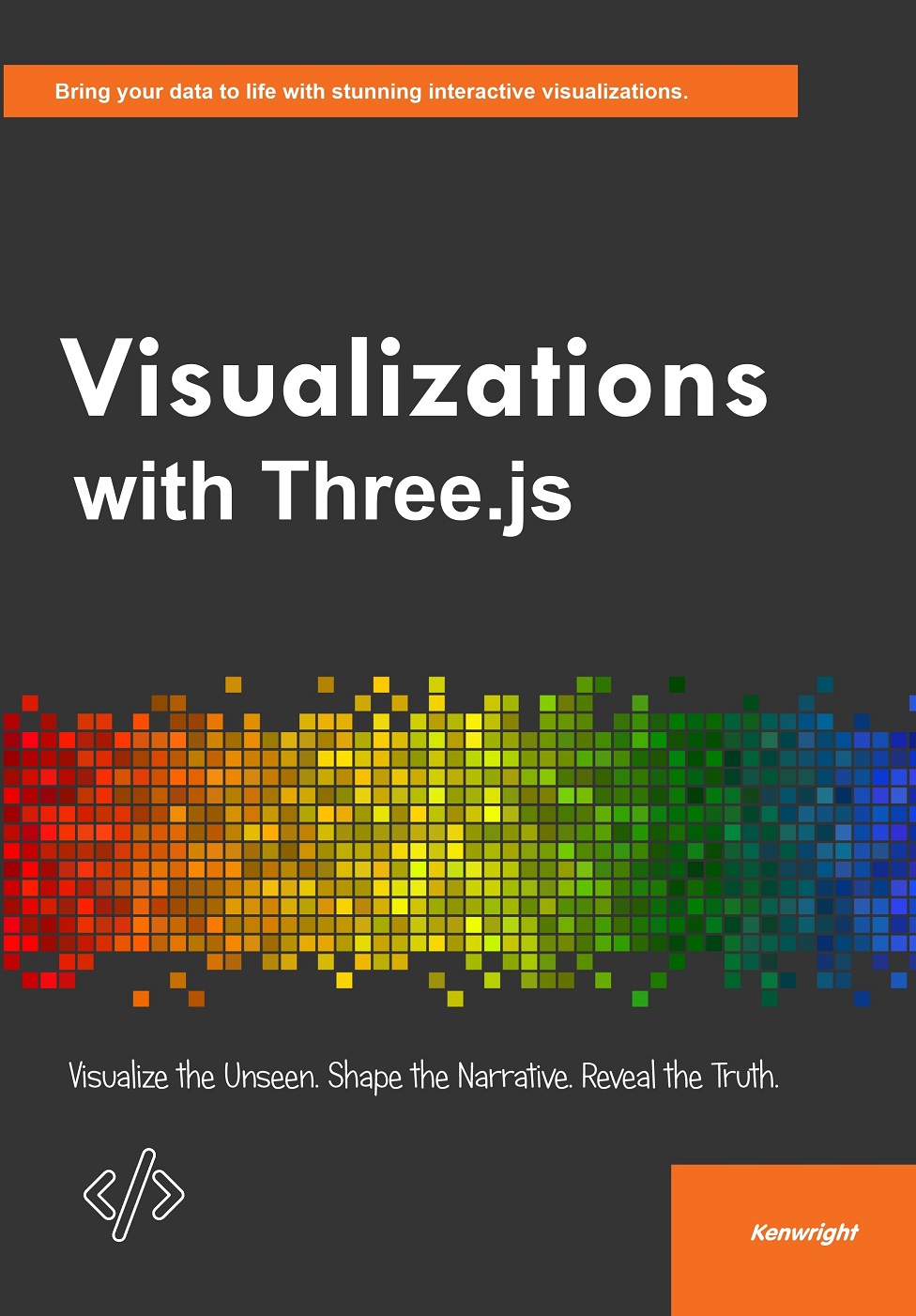
Visualizations with Three.js
View Details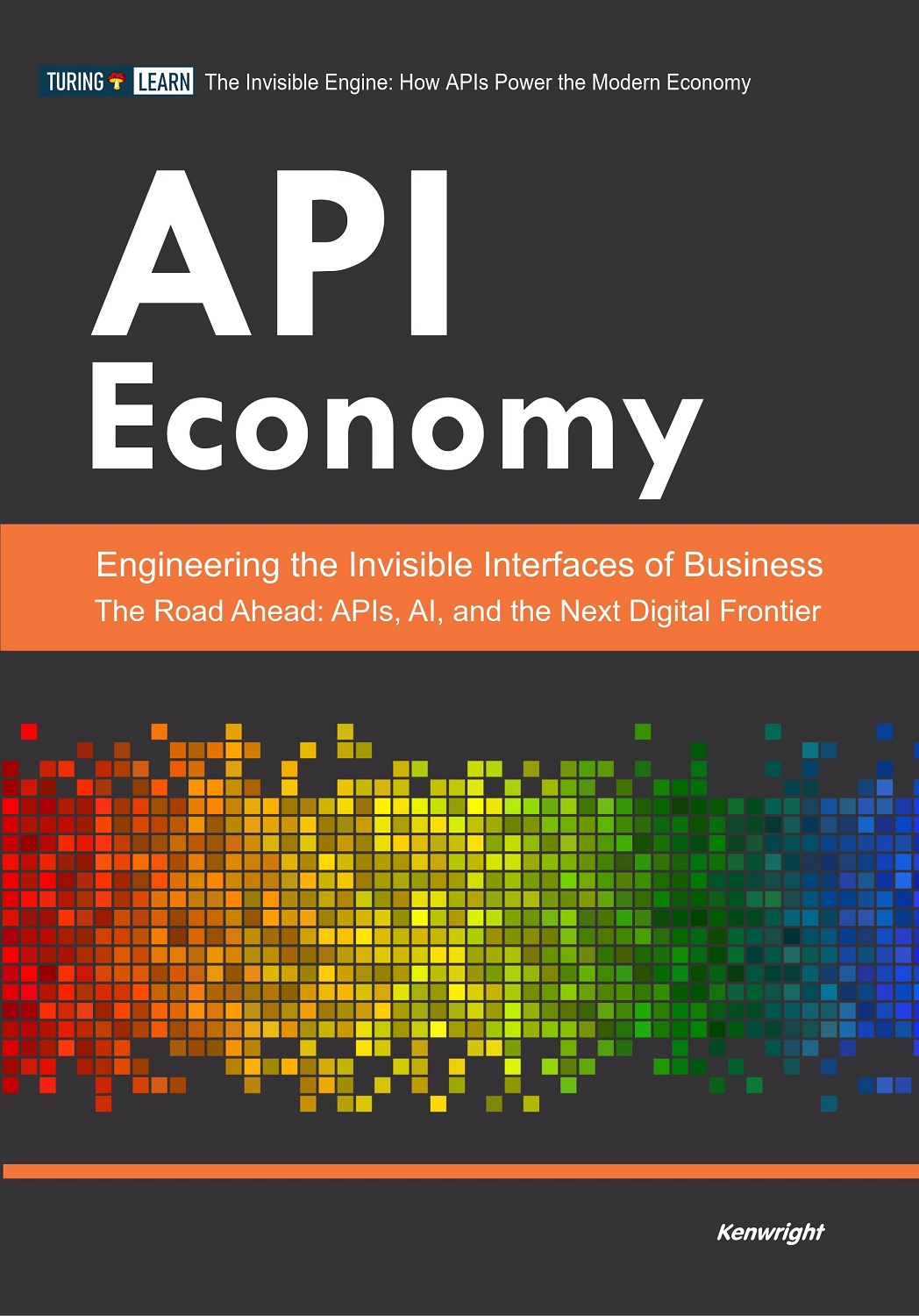
API Economy
View Details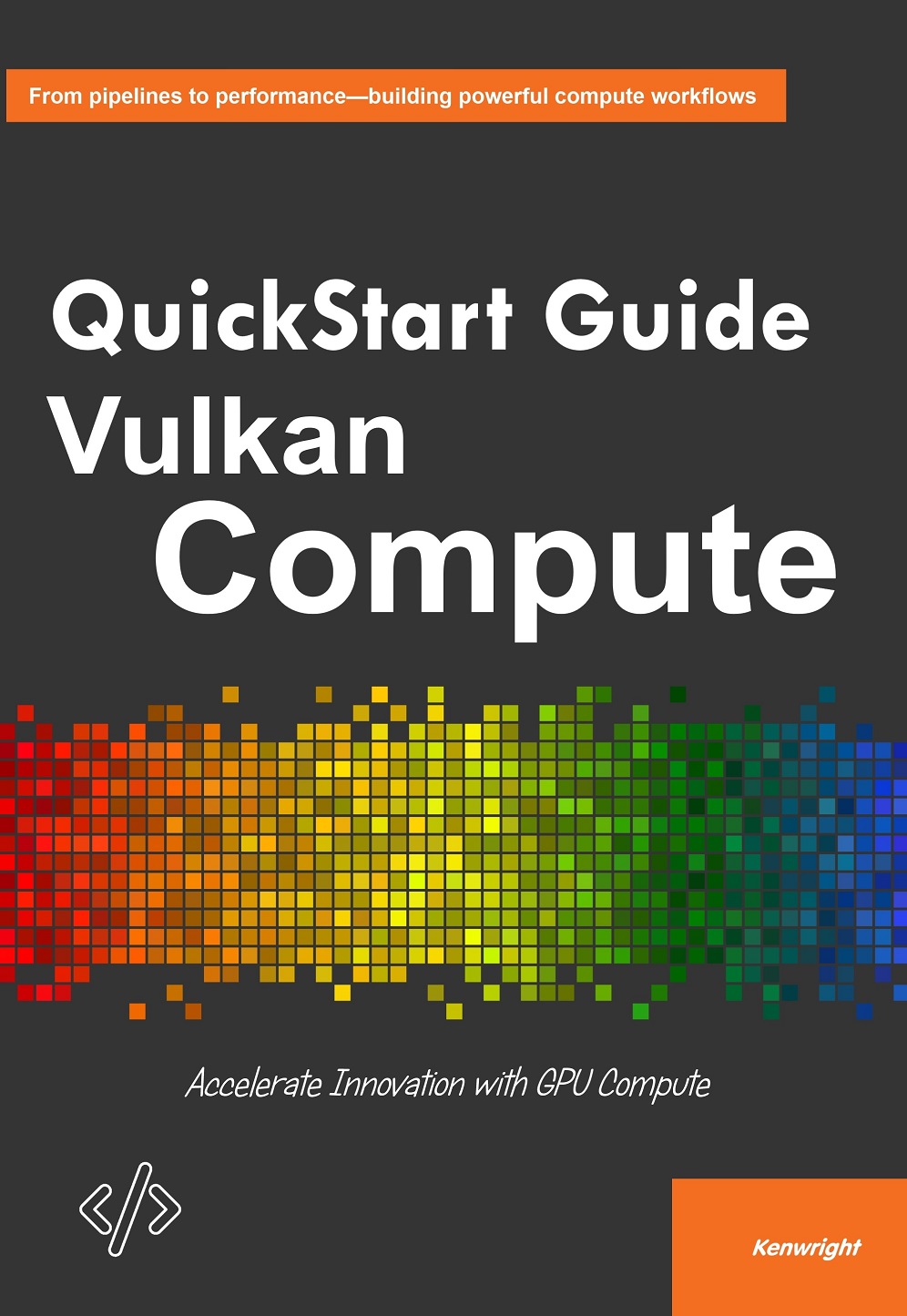
QuickStart Guide to Vulkan Compute
View Details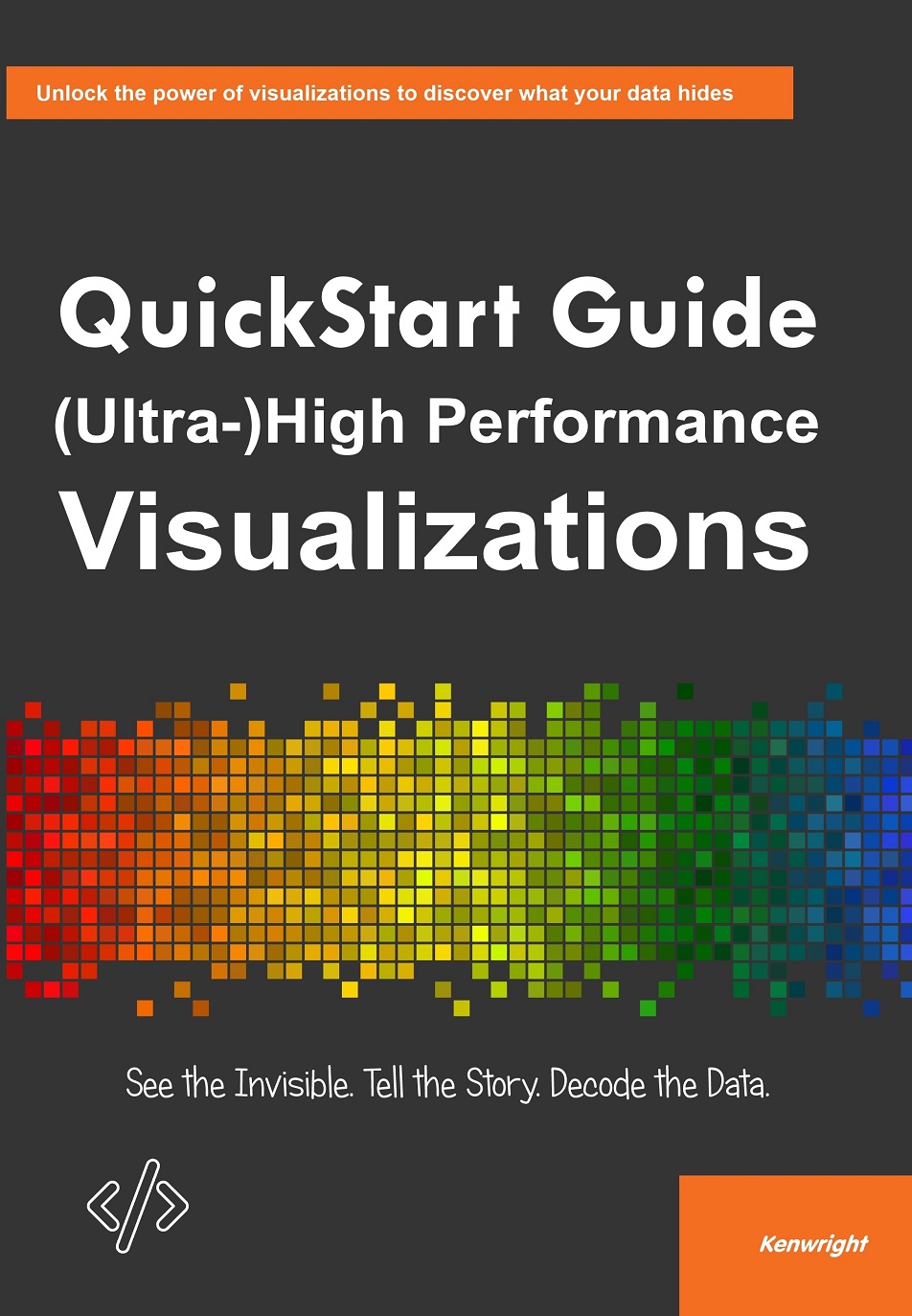
Reader Discussions
Share Your Thoughts
Elizabeth Williams
If anyone's interested in diving deeper into Unity, I found a great supplementary article that expands on these ideas.
Posted 5 days ago ReplyMary Jackson
I wonder how the author's perspective on Unreal Engine might change if they revisited this work today.
Posted 9 days agoSusan Rodriguez
This book has sparked so many questions for me about Physics Engines. I'm tempted to start a journal just to explore them.
Posted 24 days ago ReplyRobert Wilson
The discussion on Rigid Body Simulation was particularly helpful for my current project. I'd love to hear how others have applied these concepts.
Posted 5 days ago ReplyBarbara Garcia
Has anyone tried implementing the strategies around Unreal Engine in a real-world setting? I'd love to hear how it went.
Posted 7 days ago ReplySarah Taylor
I noticed a shift in writing style during the Simulation section - more conversational and reflective.
Posted 15 days ago ReplyJessica Wilson
I'm curious - do you think the treatment of Unreal Engine was intentional or more of a byproduct of the narrative?
Posted 8 days ago